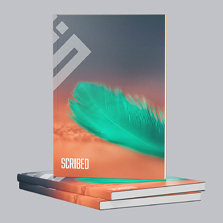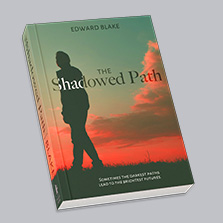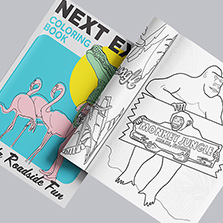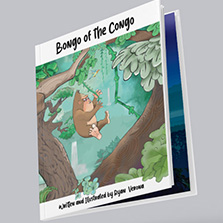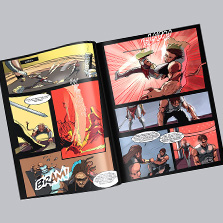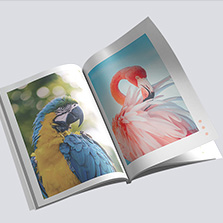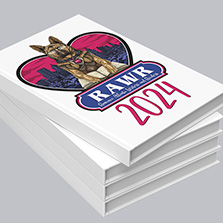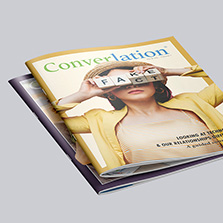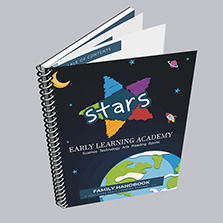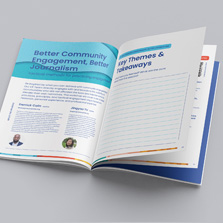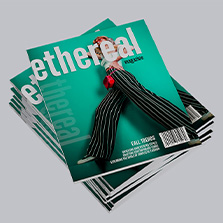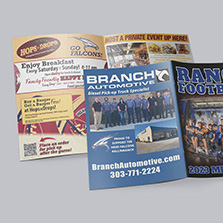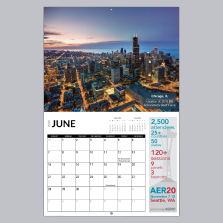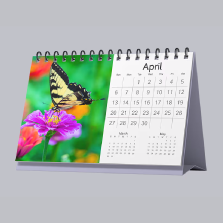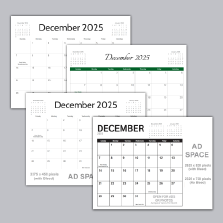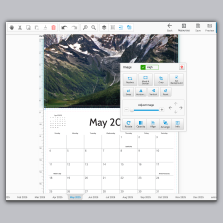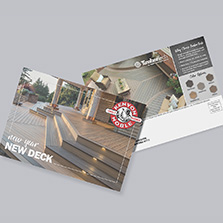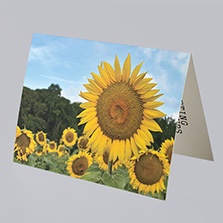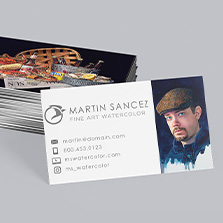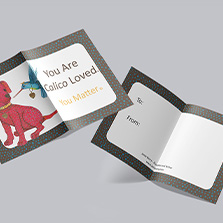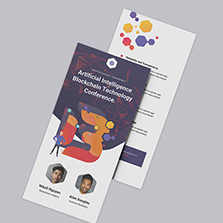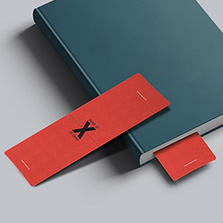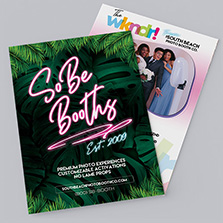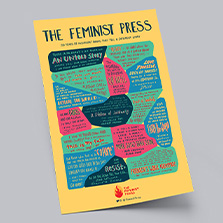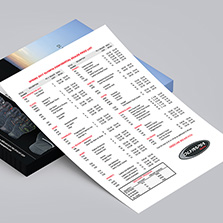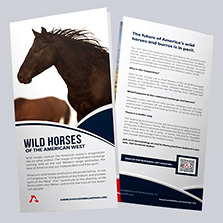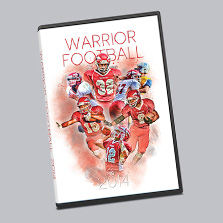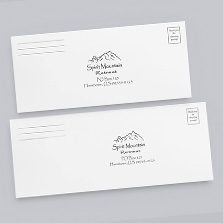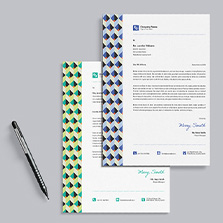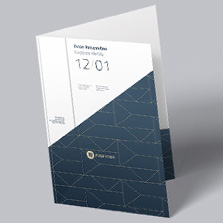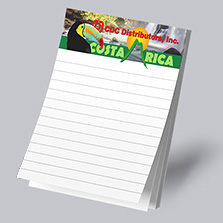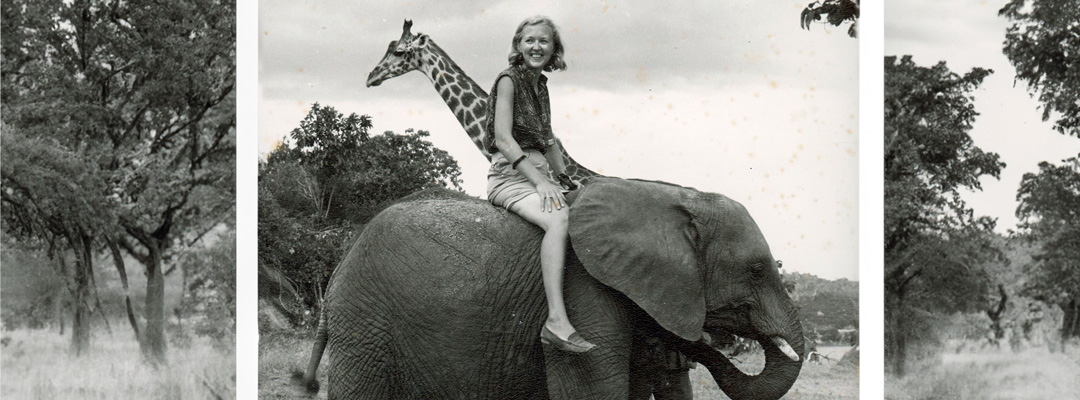
Capturing The Planet in Focus: Transforming Global Adventures into a Premium Photo Book
In a world where inspiration can be found in the smallest of moments and the grandest of landscapes, Sally Foster’s journey stands as a testament to the power of artistic expression and the allure of exploration. From her early days as a child, crayons scattered across her bedroom floor, to her remarkable adventures in the Peace Corps and beyond, Foster has embraced the realms of art, writing, and photography with unwavering passion. Her recent collaboration with PrintingCenterUSA, resulting in a captivating travel adventure book, showcases the culmination of a lifetime’s worth of creativity and wanderlust. Join us as we embark on a voyage through Sally Foster’s extraordinary tale of capturing the world through her lens, crafting words that stir the imagination, and ultimately bringing her vision to life in breathtaking print.
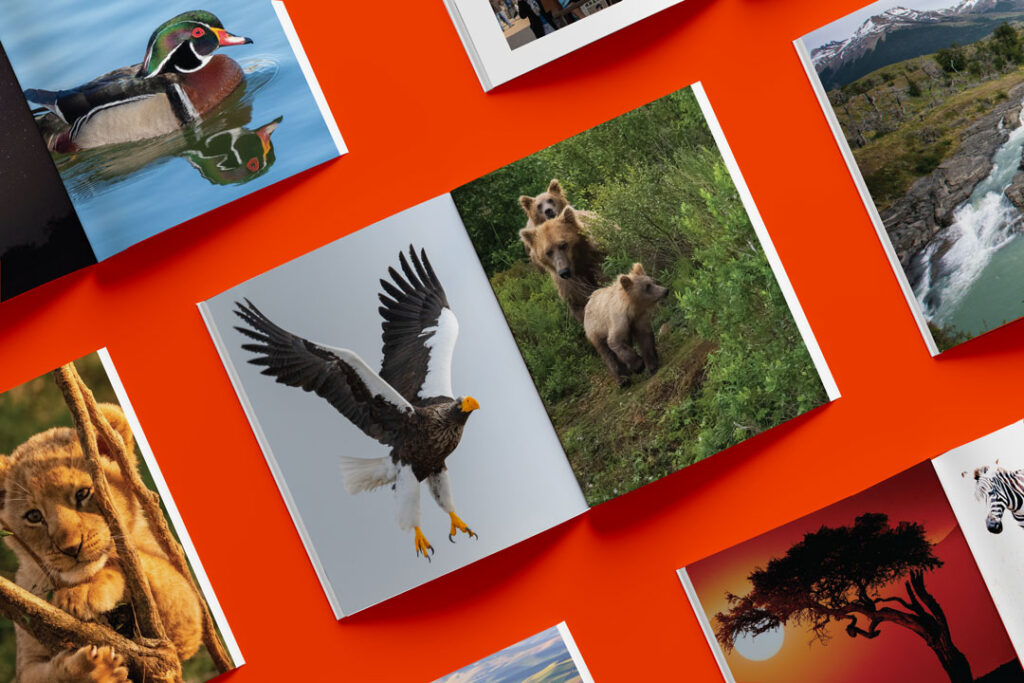
What inspired your interest in art and photography?
As a child, I wanted to be an artist when I grew up. Often, I would draw pictures of clowns. I don’t know why—whether I had been to a circus or maybe I just liked their silly faces with big noses. One day, I decided I didn’t want to be confined to small pieces of paper. I wanted something big. Really big. I emptied a whole box of deluxe Crayola crayons onto my bedroom floor. And, starting with the reds…the oranges…the blues and the greens, I drew large clowns on my white bedroom wall. The clowns had tall pointed hats and their jackets were festooned with large colorful buttons. Their noses were like lightbulbs glowing in the night.
I must have been too quiet because it wasn’t long before my mother appeared in the doorway. She was not exactly pleased—to say the least. The message was clear. “Don’t do anything like this ever again.” On Saturday mornings I used to go to art classes at the Baltimore Museum of Art. The Museum kept one of my pictures. It was of a grasshopper sitting on a railroad track with a pick in its teeth and a carpet tack. I borrowed the idea from an old children’s song.
On my tenth birthday, my parents gave me a small Brownie reflex camera, and thus my interest in photography was born.
I would take pictures of our cat. Kitty wasn’t Persian or Maine Coon or Siamese or Bengal or Abyssinian. He was just a plain ordinary black and white alley cat. But, I didn’t realize how extraordinary he really was. He let me pose him in endless ridiculous places. Kitty propped up in a chair with reading glasses and holding an index card. Kitty drinking out of the goldfish bowl. Kitty talking on the telephone. Worst of all—Kitty stuffed into the clothes pin basket dangling from the outside laundry line. Never was there a hiss, a scratch or a mad dash to run away and hide.
I set up a darkroom in our bathroom—the only bathroom in our house. I bought small trays, chemicals, a red light bulb, plastic bottles to hold the chemicals and best of all, a small contact printer and photo paper. I was all set—except for one small detail—a piece of black material to drape over the window to block out the light. My mother solved this problem with the aid of a few thumbtacks. It was then that my lifelong journey in photography really began. Seeing a picture come to life in one of those small trays sitting in the bathtub was a miracle. Luckily no one had to use the bathroom during my darkroom working hours. But, something funny did happen. One day my mother called my father to come look…She was pointing to small holes in the woodwork around the bathroom window. Dismayed, she wondered if the house could possibly be infested with termites. My father took one look and laughed. He realized that the holes had come from the thumbtacks used to hold up the black cloth. It seems that I have always taken pictures and I have always enjoyed writing. My father and I would both write stories about Kitty and send them off to magazines. “Which article are they going to publish?”, I would say. Alas, our self-addressed stamped envelopes always returned with a standard rejection slip. I had my first story and pictures published when I was fifteen. The Maryland Horse magazine paid me five dollars for an article about our school horse show. I xeroxed the cheque and stuck it in a scrapbook.
Can you share more about your background in journalism, art, and photography and your global travel experiences that influenced your perspective?
After high school, I was accepted at Bennington College, where I majored in Drama. Bennington had a three month non-resident work term each year and I always looked for particularly interesting things to do. In my senior year, I worked as a courier for the Frontier Nursing Service. On a cold January day in 1959, three of us from Bennington arrived in Wendover, located in the eastern mountain section of Kentucky. The nearest town was Hyden…where we would go to buy groceries or supplies. Our duties were mainly to take care of the horses and jeeps and accompany the nurse-midwives on their visits to families in the area. It was an awesome experience to spend time with these mountain people who were genuine, down-to-earth and welcoming.
After college, I did not pursue an acting career or work behind the scenes in an Off-Broadway theater. I somehow ended up with a job as a feature writer for the Baltimore News-American. Some stories were glamorous like the interviews with movie stars. Others were not, like “Dishes Pose Threat of Lead Poisoning”. The job really suited me. I could be in the office or go out on interviews. I had the opportunity to do some editing and work on lay-outs. It was totally creative and that is what I loved.
View “Looking and Seeing” Book in Digital Flipbook format:
One day, in 1963, a friend turned to me and said “Why don’t you join the Peace Corps”? I must have looked somewhat startled. The program was new. I had heard about it and it sounded interesting, but what could I do? I live close enough to Washington, D.C. to visit the Headquarters and ask that very question. In truth, I was interested in Health Education and I had seen a film on India that made me want to go there. I would be leaving a job that I truly loved and going into something that was questionable. I filled out all the applications and was invited into a Health program in Ceylon (Sri Lanka). That program fizzled due to some political problems and I ended up working in a Health and Community Development program in the favelas of Rio de Janeiro, Brazil. The slums stretch out like clumps of fallen cobwebs on the hillsides overlooking the city. Shacks keep popping up overnight like mushrooms. The people who live in these shacks had come, for the most part, from Brazil’s often parched northeast. They think they will find work and their lives will be easier. Instead, they discover that jobs are hard to find, food is scarce and crime is rampant. We worked out of a health post, tracking down tuberculosis patients who had failed to pick up their medicine, giving shots against typhoid and polio, or talking to mothers about nutrition. The Community Development portion was more challenging and exciting. I helped the people in Morro do Formiga (Anthill) to form an Association. The projects were their ideas and they were the ones that raised the money or did the work. The Association still exists today. After the two year stint in Brazil, I came back and worked at Peace Corps Headquarters in Washington, D.C as a writer/researcher in the staff training division. The next year I took a leave of absence and spent nine months in eleven countries in Africa. I did some work for the Peace Corps and some missionary organizations. I also did a few free-lance articles on the Peace Corps for U.S.newspapers. One of the photos I took in Ngorongoro Crater in Tanzania became a double spread in national Geographic’s book on lion cubs.
Over the years, I continued to work largely in writing and photography. For a year, I was the visual information specialist for the “War on Rats” program in Washington, D.C. I had to write a filmstrip to teach people where rats come from and how to get rid of them. The script turned out well, but I made a little mistake. I forgot that I would then have to take the pictures. How do you take a photograph of a rat eating a hole in the side of an oatmeal box? My clever plan of a light dose of chloroform didn’t work. The rat died. But, I came up with a solution…a bit of clear fishing line tied to a rear ankle. This project was right up my alley.
In the late 1960s and 1970s, I took a few Photography courses at the Maryland Institute College of Art. I learned how to develop and print negatives from my film cameras. I hired a carpenter to build a darkroom in my house and equipped it with an Omega D2 enlarger, a print dryer and a Kodak Rapid Color Processor for color film. I smiled when I remembered my early days, developing film in little trays in the bathtub of our old house.
Tell us more about your transition into children’s books. What motivated you to combine your photography skills with storytelling in this way?
I fell into doing children’s books by accident. A friend, Linell Smith, asked me to take pictures of her Arabian horses. She wanted to sell them and needed the photos to advertise them in magazines. When I delivered the pictures, she showed me some riddle/verses she had written on zoo animals. As the daughter of the poet, Ogden Nash, she had inherited a knack of playing with words. She wondered if photos could become a part of this guessing game. “Of course”, I replied. And that is how the book, “Who’s Who in the Zoo” began. I went on to write four children’s books, illustrated with photographs, on my own.
What motivated you to go on photographic adventure trips and how did these trips influence your work?
In 2017, I started going on travel photographic adventure trips. The first was to the Palouse in Southeastern Washington state. The area is known for its sense of light and large fluffy clouds. We spent our days photographing landscapes and old barns. The area changes dramatically from Summer to Autumn. I went in June when everything was green and the yellow canola flowers were plentiful.
The next trip was a real adventure…looking for the elusive puma in Patagonia, Chile. There was no guarantee, in those days, that we would find one. The scenery was beautiful and there were llamas, guanacos, foxes and birds. And, yes, we did see a puma at really close range. We were on foot, which made the experience even more exciting.
A trip to the Farne Islands, off the coast of Northumberland, England, provided me with photos of Atlantic puffins, Arctic terns and gannets.
Bears in Alaska sounded like another “not to be missed” adventure. I went on two trips. The first one, requiring hip waders, was set up to photograph coastal brown bears in Katmai National Park and Preserve. We waded from a skiff to the shore, with all of our gear, and spent delightful hours watching the interaction of mothers and their cubs . The second trip, requiring chest waders, was focused on bears fishing for salmon. The water in the Alagnak River was unusually high and the bears were not very successful in their fishing endeavors. Mostly, from our small boats, we saw bear moms strolling along the river banks with cubs trying their best to keep up.
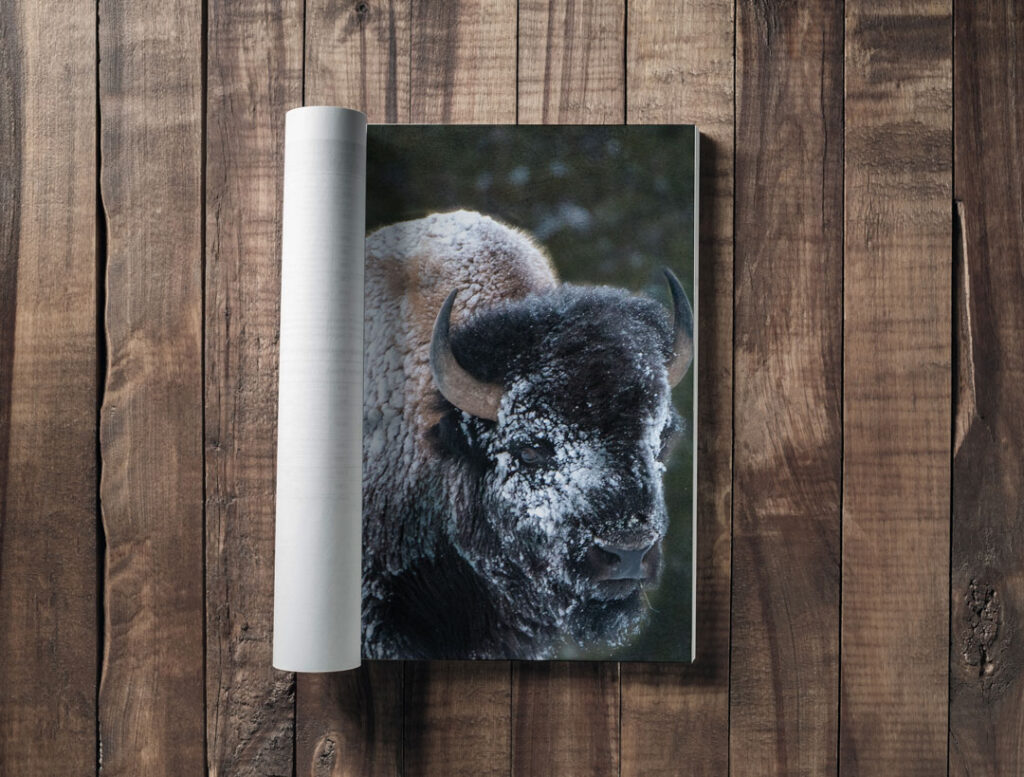
In the next years, I visited Japan to photograph Japanese macaques (snow monkeys), Japanese cranes, Whooper swans and Steller’s sea eagles. I returned to Kenya twice to go on safaris in the Maasai Mara. Both Kenya trips were fantastic, yielding special photos of cheetahs, lions and elephants, along with unusual sightings of Serval cats and an epic wildebeest crossing on the Mara river.
Along the way, Covid arrived and I was grounded for a few years. When it seemed more or less “safe”, I resumed my travel adventures and went to Yellowstone in the Winter and to Florida in early Spring for birds. I capped off the year 2022 with a photo adventure trip to Vietnam, originally planned for 2019.
At one point, a friend said; “Why don’t you write a book, with all the places you have visited and the things you have seen?” The idea was appealing, but also overwhelming. I “chewed” on the idea for a while and finally decided to do something with my adventure travel photos taken between 2017 and 2022.
Can you share a bit about the process of transforming your adventure photographs into a premium photo book? What challenges did you face?
I had taken some Photoshop courses at the Maryland Institute College of Art and I would make prints of some of the photographs I had taken on my travels. But, Adobe InDesign would make more sense and I didn’t have a clue on how to use it. I had heard it was complicated. However, I have a Graphic Artist friend, named Tina, who said she could help me. We installed the program on my computer and she set up the layout for a 8 X 10 vertical book. It looked daunting. “Are you sure I can do this?” I asked. “Of course”, she replied. And, so began weeks, months, a year and a half of slowly putting together what turned out to be a 334 page book.
I selected the photographs and placed them on the pages and added the text. She would come along and “tweak” my endeavors. I knew about the lines that marked the gutter in the center and was fairly careful about the positioning of the photos. But, she knew so much more about lining things up and allowing for bleeds. Sometimes she changed the sizes of the pictures. Always, I shook my head in amazement. Each time, she somehow put the icing on the cake. With the book getting bigger and bigger with each adventure, I decided not to include Vietnam.
Now, what was I going to do with all of these files? Where could I have the book printed? I rejected one obvious choice because you couldn’t talk to anybody and it seems that it was more geared to smaller simpler projects.
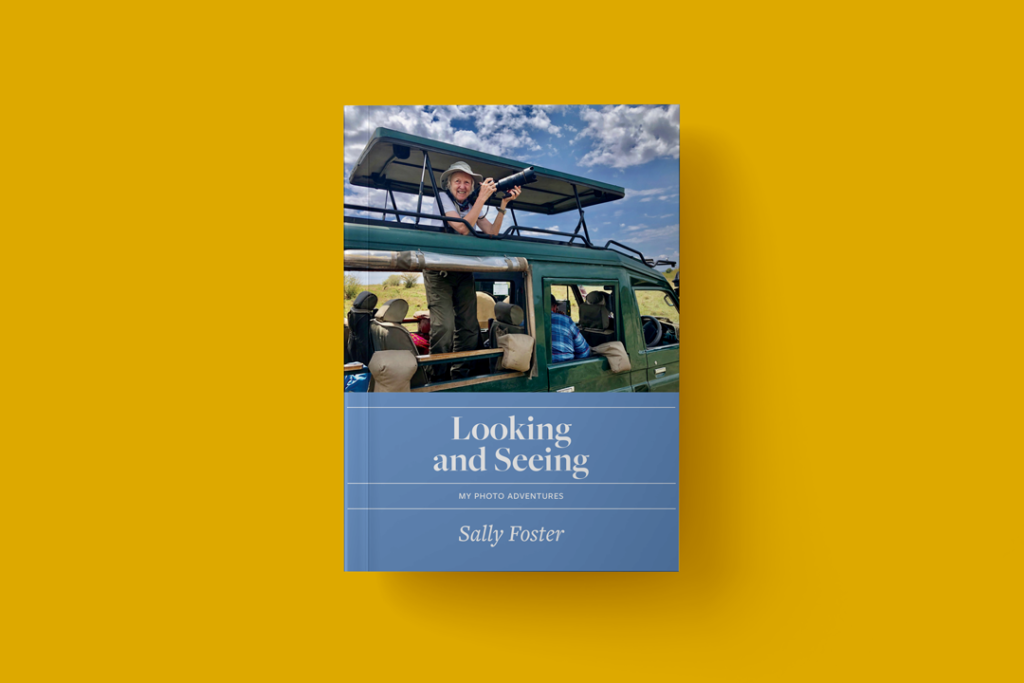
Why did you choose to print your book with Printing Center USA, and how did this collaboration contribute to the final product?
An artist friend told me about PrintingCenterUSA and I contacted them. I spoke to Will Martin, who was most helpful. He acknowledged that a 334 page book was rather large but they could handle it. He guided me through the steps I would need to take and suggested signing up and uploading the files later. He also suggested requesting a hard copy proof. We later decided to make the cover stock heavier.
Tina helped me upload the files and Joshua Shapiro took over from there. I was glad I had requested the hard copy because I found some photos had slipped down into the gutter because of the size of the book and the way it was out together. It was easy enough to make the changes and send out a new PDF file. I approved the new proof and it didn’t take long for the books to be printed. They arrived by UPS on the appointed day, an hour earlier than I expected and I turned off the water sprinkler, near the front steps, when I saw the truck.
The book is beautiful. It has a nice feel. It isn’t too heavy. The color of the photographs is excellent. It looks very professional…like a magazine. It could go on a coffee table as long as coffee doesn’t get spilled on it. Someday I might do something with the Vietnam photos. I plan to go to Mongolia in July, but it is a regular trip and not a photo adventure. I am eighty-five years old. As the saying goes: “Time is short. Don’t waste it.”

